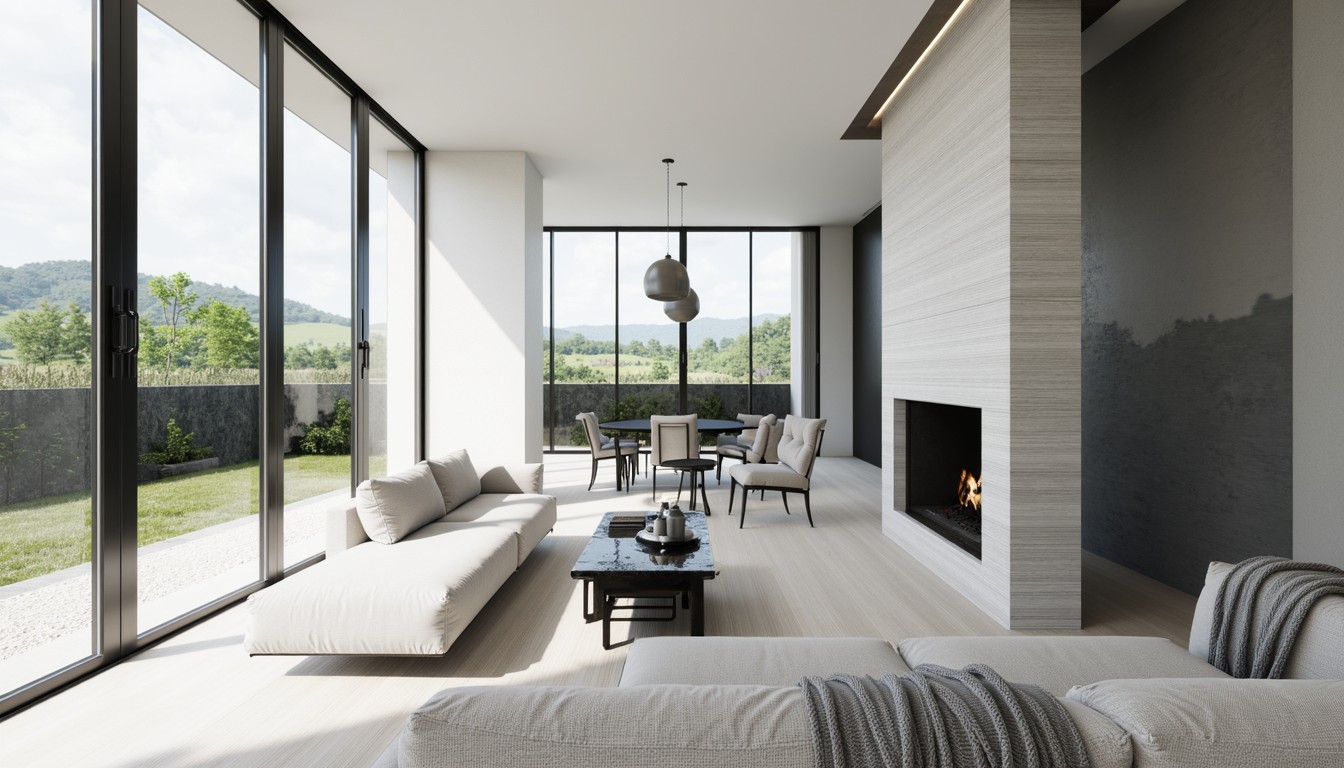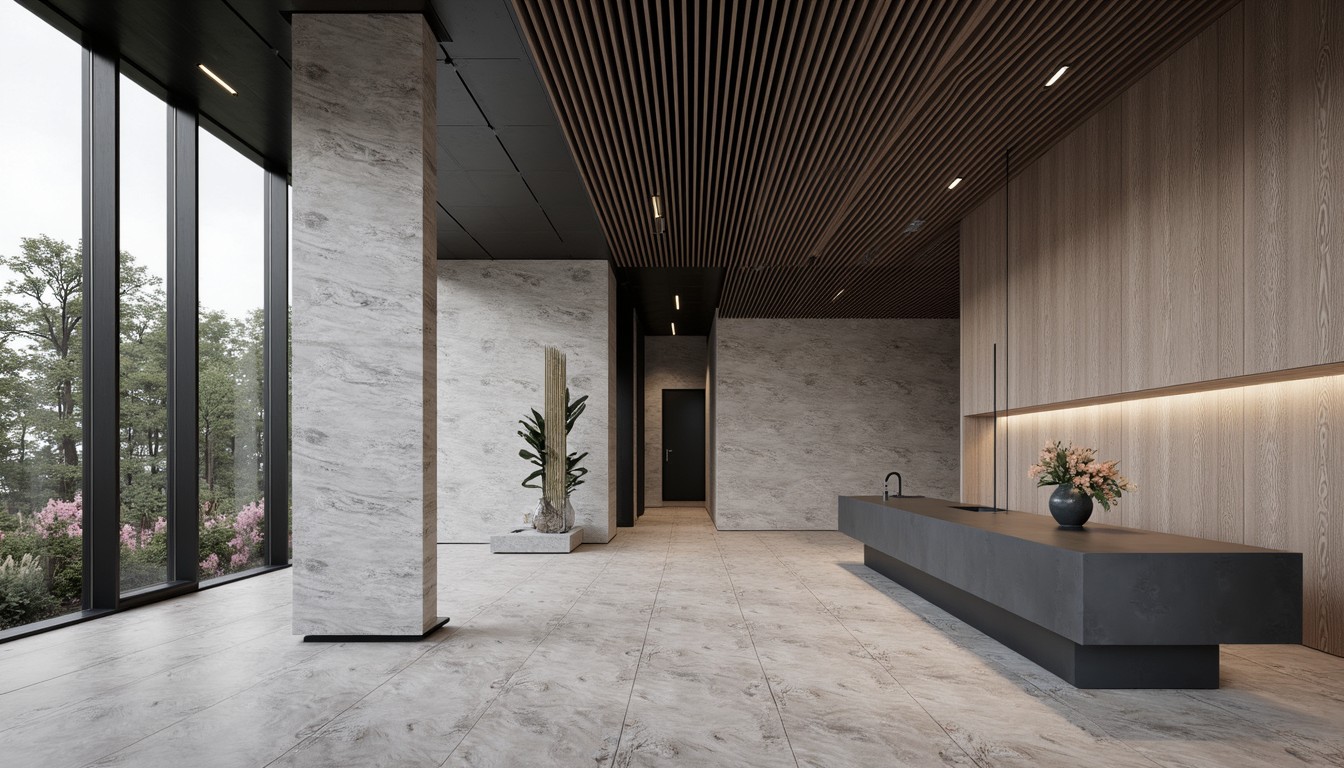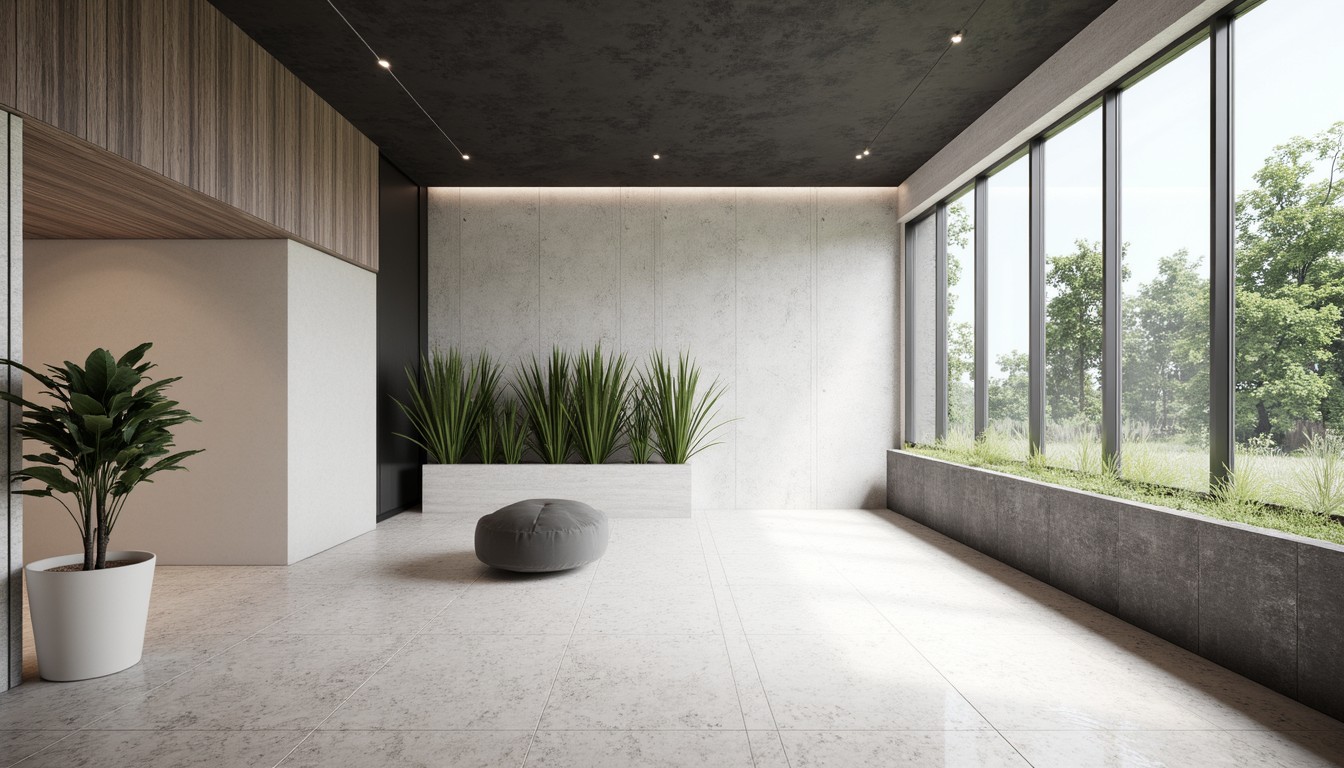Digital Transformation: Reshaping the Future of Architecture
The architectural landscape is undergoing a dramatic shift, driven by the relentless advance of digital technologies. No longer a niche pursuit, digital transformation is fundamentally altering how architects design, visualize, collaborate, and construct buildings. This evolution isn't just about adopting new software; it's about embracing a new way of thinking, working, and interacting with clients and stakeholders.
Building Information Modeling (BIM): The Cornerstone of Digital Architecture

Building Information Modeling (BIM) stands as the cornerstone of this digital revolution. More than just 3D modeling, BIM is a process involving the creation and management of digital representations of physical and functional characteristics of places. This intelligent model contains far more data than traditional CAD drawings, encompassing everything from structural elements and material specifications to cost estimates and energy performance simulations. The benefits are manifold:
- Improved Collaboration: BIM facilitates seamless collaboration among architects, engineers, contractors, and clients, fostering better communication and reducing errors.
- Enhanced Design Accuracy: The inherent data richness of BIM minimizes design clashes and inconsistencies, leading to more accurate and efficient designs.
- Cost Savings and Efficiency: Early detection of potential problems and improved coordination reduces construction delays and cost overruns.
- Sustainable Design: BIM enables architects to analyze the environmental impact of design decisions, promoting sustainable building practices.
Virtual Reality (VR) and Augmented Reality (AR): Immersive Visualization
Virtual Reality (VR) and Augmented Reality (AR) are transforming the way architects present their designs. VR allows clients and stakeholders to experience a building's design before construction even begins, providing an immersive and engaging walkthrough. AR, on the other hand, overlays digital information onto the real world, enabling architects to visualize designs on site, aiding in construction and allowing for better communication during the construction process.
These technologies enhance client engagement, allowing for early feedback and iterative design improvements. The ability to 'walk through' a design in VR helps to identify potential issues and refine the design far more effectively than traditional 2D renderings.
Artificial Intelligence (AI) and Machine Learning: Intelligent Design Assistance
Artificial intelligence (AI) and machine learning (ML) are increasingly finding applications in architecture. AI-powered tools can assist with various tasks, including:
- Generative Design: AI algorithms can generate numerous design options based on specified parameters, allowing architects to explore a wider range of possibilities.
- Predictive Analysis: AI can analyze historical data to predict project costs, timelines, and potential risks.
- Automated Tasks: AI can automate repetitive tasks, freeing up architects to focus on higher-level design decisions.
While AI won't replace human creativity, it serves as a powerful tool to enhance the design process and improve efficiency.
Digital Fabrication and Parametric Design: Revolutionizing Construction

Digital fabrication techniques, such as 3D printing and CNC machining, are revolutionizing construction methods. Parametric design, where design elements are defined by parameters and rules, allows for automated generation of complex geometries and optimized construction components. This combination leads to increased precision, reduced waste, and faster construction times.
The Role of Cloud Computing and Collaboration Platforms
Cloud computing provides architects with access to powerful computing resources and collaborative platforms, enabling seamless teamwork across geographical boundaries. Cloud-based BIM platforms allow multiple users to work on the same model simultaneously, improving coordination and communication.
Real-World Applications: Case Studies
The impact of digital transformation is evident in numerous real-world projects. From the use of BIM in the construction of iconic skyscrapers to the application of VR in presenting designs to clients, digital tools are reshaping the architectural industry. Consider projects that have successfully employed digital technologies to enhance efficiency and create innovative designs. These examples showcase the practical benefits of embracing digital transformation.
Challenges and Opportunities

While the benefits of digital transformation are significant, challenges remain. These include the need for skilled professionals, the cost of implementing new technologies, and the potential for data security breaches. However, the opportunities far outweigh the challenges. Architects who embrace digital technologies are better positioned to deliver innovative, sustainable, and cost-effective designs.
ArchNav: Your Partner in Digital Architectural Visualization
At ArchNav, we are at the forefront of digital transformation in architecture. We leverage the latest technologies, including BIM, VR, and AI, to deliver high-quality architectural visualizations that help architects communicate their designs effectively and win projects. Our team of experienced professionals understands the challenges and opportunities presented by digital technologies and is committed to providing our clients with the best possible service. Contact us today to learn how ArchNav can help you take your architectural visualization to the next level.
